1. Why did my shipment gets stuck at customs?
For a variety of reasons, you may get information about “holding customs.”. Some of the most significant problems are:
- Incomplete documents
- Unpaid duties
- Sending restricted or prohibited items
So if there are minor errors in the documents or unpaid duties, you may waste weeks getting the package through customs. To avoid this, you need to have a deeper understanding of these common problems. Let’s explore:
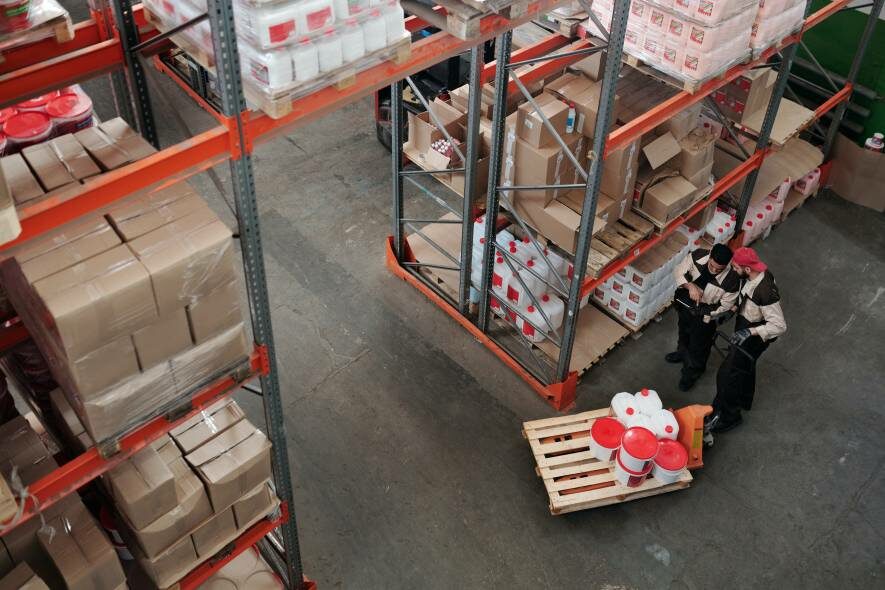
Incomplete documents
Attaching incomplete documents to your package is one of the main reasons your package may be “stored at customs.” If there are errors in the documents you submit or some critical information is missing, customs may hold your package.
The list of documents may vary depending on the product and the country you are shipping to. However, few files are standard and mandatory and must be attached to all your packages. These documents are divided into subcategories to help you find the right composition for each step.
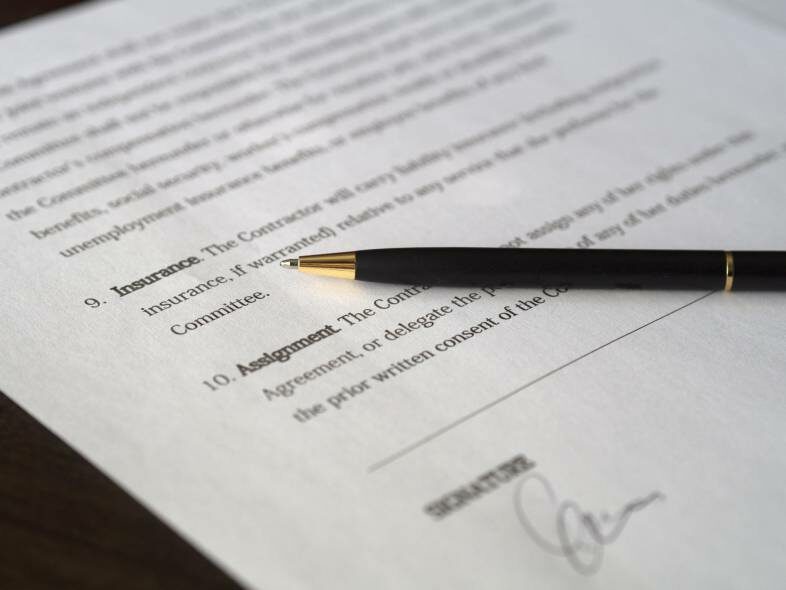
Public documents
Commercial invoices and packing lists are the bills of goods sent by the seller to the customer. It can be your own generated invoice or an invoice generated by using transportation software.

These invoices are used to determine the value of the imported products and to apply duties accordingly. If any country uses only these invoices to control its customs, specify its format, the number of copies required to be submitted, its language, and other details required. The woo com DHL shipping plug-in with a print label helps you print detailed invoices, including:
- Details of the seller, buyer, and shipper
- Invoice number and date of shipment
- Mode of transport and carrier
- Sort the number, description, type of packagings, such as a box, box, drum, or cartoon.
- If required, a number of packages, total net weight, and total weight (in kg/lb), and dimensions.
- Other proof of shipment of specific goods

Dangerous goods certificate and radiation Certificate – if you transport dangerous goods across the border by airline or air cargo, include a shipper’s statement about the dangerous goods.
This declaration is required by the International Air Transport Association (IATA) for the sake of safety. You should ensure that the information provided about the content, packaging, and other information is correct, as the consignee is still the person responsible for the product.
Halal Certificate – the Middle East is a huge meat market. If you want to ship meat to these countries, make sure you have a halal Certificate. This ensures that meat or poultry are slaughtered following Islamic law.
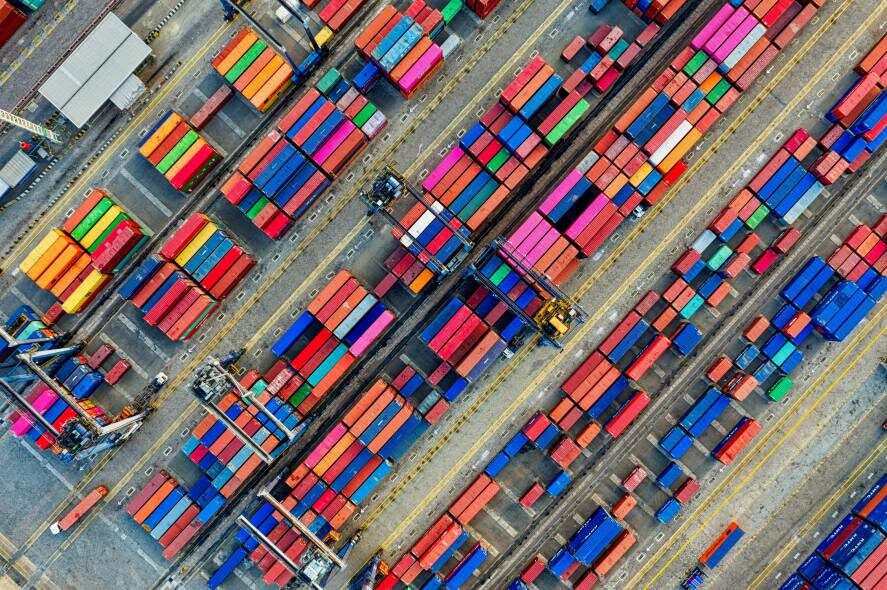
These certificates should be obtained by the consulate of the country of destination through appropriate chambers of Commerce and legislation.
Certificate of insurance – if the product you send is covered by a carrier or a third party insurance provider, the receipt you receive will be used as a certificate.
In case the insurance is purchased through online integration, the insurance details are on the waybill or label. Some countries may require separate certification for this purpose.
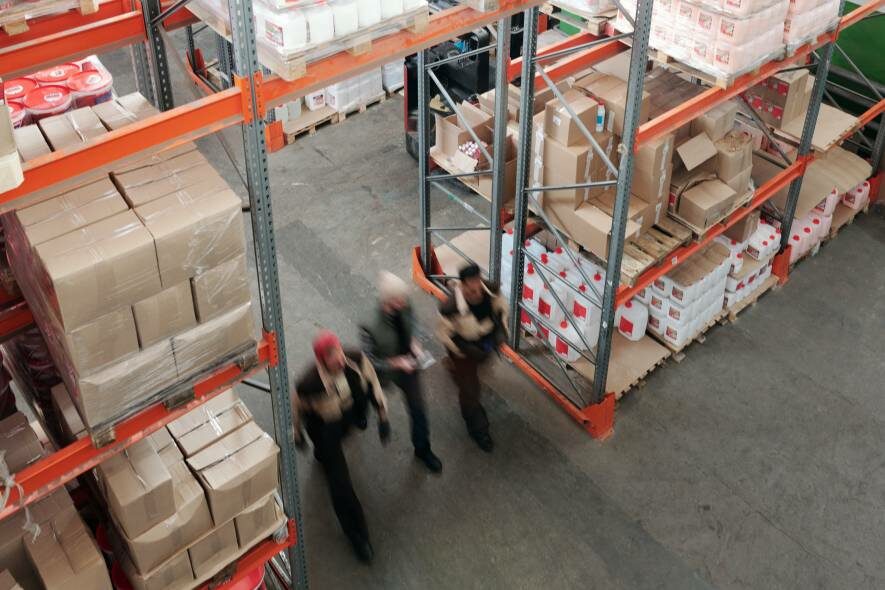
Restrict or ban goods: no government wants its people to access illegal goods or let them play with the law. Restricted products must be properly inspected before they can be imported—political reasons.
2. How long will my package be held in customs?
Customs procedures and the storage time of packages at customs depend on different factors. It can be a process that lasts for days, weeks, or even months. If the items you are transporting are on the prohibited and restricted items list.
If you order an item from an online store that is considered to limit international transportation, the process may take longer than expected. In some cases, the package may not only be held at customs, but it may even be destroyed if you cannot provide the necessary documents requested by the customs officer.
If you can’t provide all the essential documents, the customs clearance process may take longer than you expected. Customs declaration should be provided for global transportation.

If you do not, and customs officers ask you to send, then the package will be detained by customs until you provide the correct information. The longer you pay the tax, the longer the box stays at customs. The customs clearance process may also depend on transport mode (air, road, rail, sea).
Please note that if you choose a slower transport mode, customs can be a long and stressful process in many countries. Tracking systems can be unreliable and inaccurate at times, so try to relax and wait for the express driver to show up at your door, as long as everything is done.
3. What are the fees that apply in case my package is stuck in customs for a long time?
Yes, if your package ends up in customs, unfortunately, there will be extra charges. The transport supplier may charge customs clearance or customs charges for all necessary documents, advance payment of customs duties and VAT on behalf of the sender, security fees for inspection or X-ray inspection of goods, fees for preparation of customs declaration forms, or other charges.

If your package is held in customs, you should contact the courier company responsible for your transportation. Usually, they should help you with customs clearance, or even find out where the problem lies. Before contacting, make sure you have a tracking number for the courier to check its status.
4. Contact your 3PL provider
Your first action should be to contact who has shipped your goods. For many reasons, the shipper usually only talks about the goods with the seller.
Contact the seller to find out what changes have taken place in the goods and if they have missed any essential documents so that the goods can be transported out of the border smoothly.

Your seller will be able to contact the shipper and get more information about your shipment and problems. You should also make sure that you are given a tracking code from your seller, which will enable you to track your package accurately.
The best way, which is usually through the messenger’s website, you will find out what happened. If you think there is a shipment stuck at customs, the shipper is the first place you should go.
5. Contact your carrier
Make sure your goods are actually stuck in customs. Usually, express shippers such as DHL or FedEx will be able to allow customs clearance of your shipment.
In general, the best way to contact us by phone, but be careful Often, operators’ premium numbers can quickly become expensive. Contacting the shipper will help you determine if there is anything you can do to speed up your shipping time at customs.
Make sure you have your tracking number on hand as it will help your shipper find your package. Be careful; unscrupulous sellers from the Far East sometimes reduce their tax expenses by declaring DDP shipments (as makes DDU shipments).
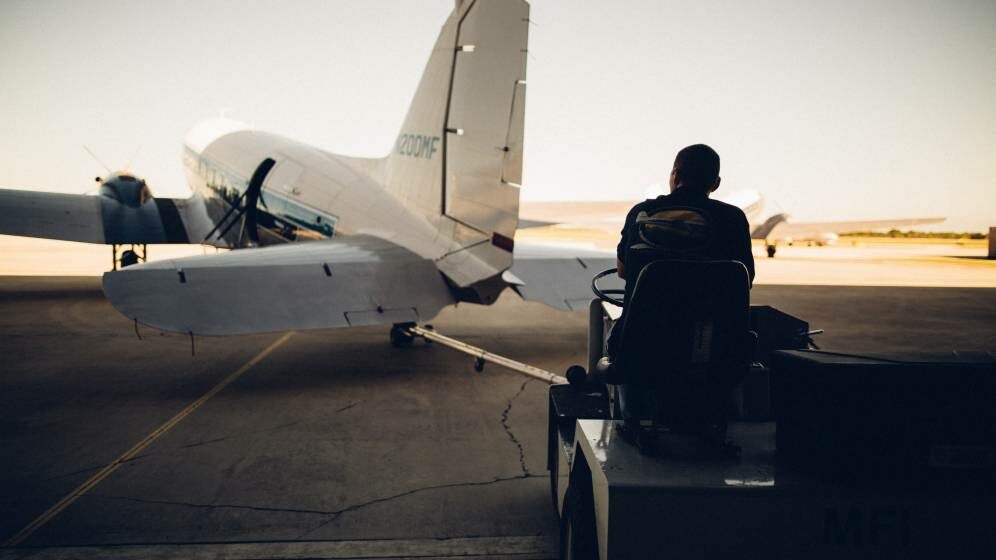
When declaring a package’s value, sometimes the package will be confiscated by the customs officer and cause great inconvenience. While it may be a good thing not to pay taxes by undervaluing the value of goods, it’s tax evasion, so make sure it doesn’t happen to you.
Actively communicating with shippers and being aware of these situations can help you release packages faster and avoid any potentially nasty problems.The random inspection often occurs in international shipping, especially when transporting to countries with more stringent import control.
For example, in China and Brazil, almost every shipment is subject to inspection to ensure compliance with import regulations and, if not, subject to prolonged delays and possible confiscation.
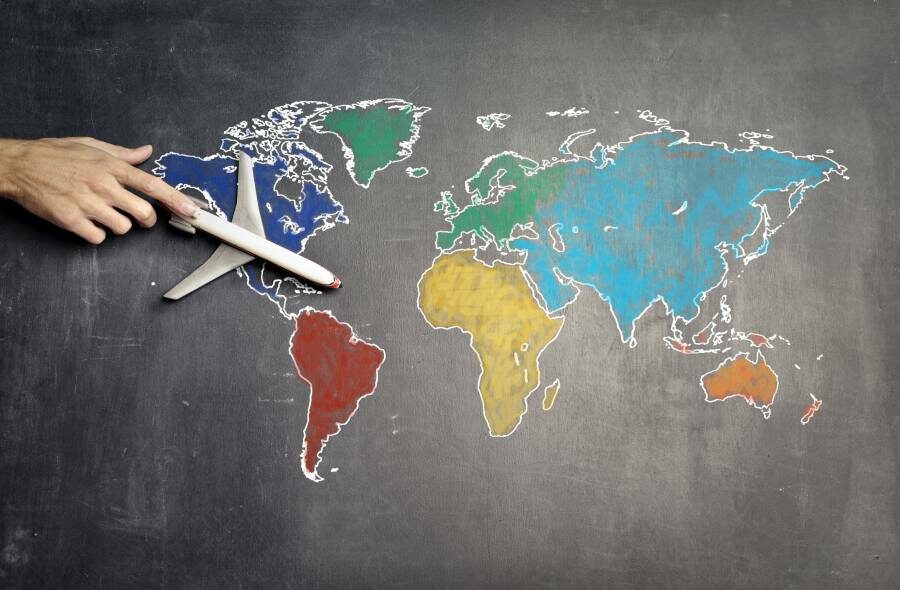
If your goods have been marked for inspection and the officer who inspected the goods needs more information, it is important to ask your carrier for the exact information requested by the customs officer.
Unfortunately, if you try to import, but do not have the appropriate license, authorization or license, we see that the only way to succeed is to re export the goods back to the origin and then start processing there, working with a company that can provide record service importers and have experience in the countries concerned.
6. Find out if there are outstanding taxes
Many countries levy taxes on goods above an absolute value. If the tax is paid at the time of your shipment, it will remain until the outstanding balance is paid.
If you use standard express delivery or postal service, they will pay tax (DDU) for you, clear the goods through customs, and charge you management fees.
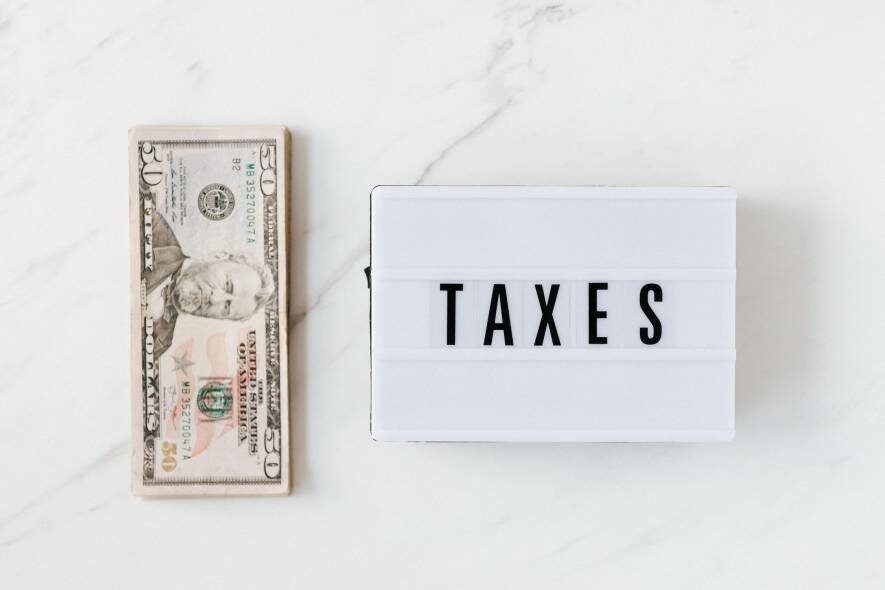
For larger shipments (more than $2500 in the United States), you will need a customs broker to arrange to pay taxes and release the goods from customs. You can do it yourself, but it often costs more than hiring professionals. Ensure you understand the customs clearance procedures, tax arrangements, and what it is paid for.
Otherwise, you risk returning the package to your warehouse or even destroying it. We have a guide for more about tariffs and taxes on international freight.
7. Ensure there is no missing or incorrect paperwork
Lack of documentation is one of the most common causes of delays in transportation. Depending on the size and value of your shipment, the required documentation may vary.
Even simple mistakes, such as the seller forgetting to attach the invoice or cn22 customs declaration form, will significantly delay your shipment. It’s challenging to find out what’s missing, especially if you don’t have a package.
If you are using the express service, they will help you recover any missing documents – so contacting your shipper is an excellent first point. If you have a missing file, they will give you the best advice in the case of possibly just an email on their file.
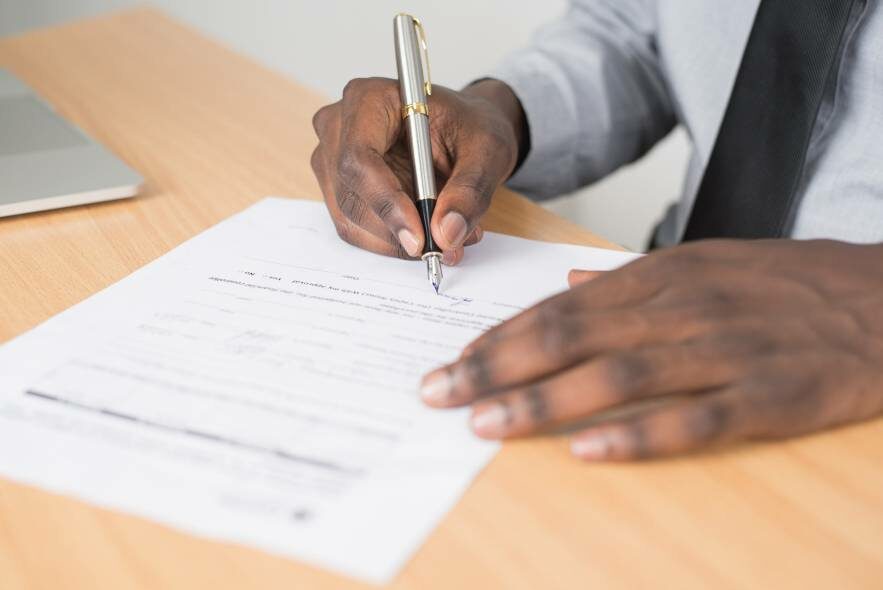
Incorrect paperwork can cause considerable customs headaches to ensure your documents are correct and not in the wrong language or alphabet. Unfortunately, customs are a slow and stressful process in many countries if you choose to use slower transport modes such as airmail.
Be ready to wait to receive your goods simply. Normally, goods are detained at customs to check whether the package’s contents and the value of the goods are accurately declared.
There is little that can be done to stop or speed up these random tests, and trying to do so may just be a waste of time. If you are a shipper, the best you can do is to state the items you send correctly and fill in the appropriate documents carefully.

If your goods are sent through the postal system, waiting is often the best option because tracking is known to be unreliable and is often the best relaxation.
Your interests will eventually come, but it may take some time. Keep calm is part of the fight. Try not to overemphasize delays; your goods will ultimately come. Sometimes, the package’s tracking may be inaccurate, the package may disappear somewhere, and then reappear in other places, etc. and it will appear.
Fortunately, the postal system is excellent when it comes to customs – your goods will be automatically cleared and released, and you have to wait and pay any taxes if you contact it, which is a straightforward process, but also very slow.

Using platforms like EASYSHIP can help ensure that customs delays are the past for your business. EASYSHIP ensures that all customs documents are working correctly and that your order is delivered on time.
Customs delays can damage the customer experience, which is why customers are hesitant about international orders. Make sure your business has no problems with international shipping. Use relaxation.
8. Wait and partner with Post Pony
Postpony is the official authorized partner of USPS, FedEx, and UPS, which provides super large logistics discounts and online printing express bill service.
Postpony is an official strategic partner with the customer base and weight, so its price is low. Online printing of bills is supported because they have access to the authorized service API.
The executor of the package transportation service is still official. Still, the price is much lower than the official, there are discounts and regular coupons, and different membership system levels.
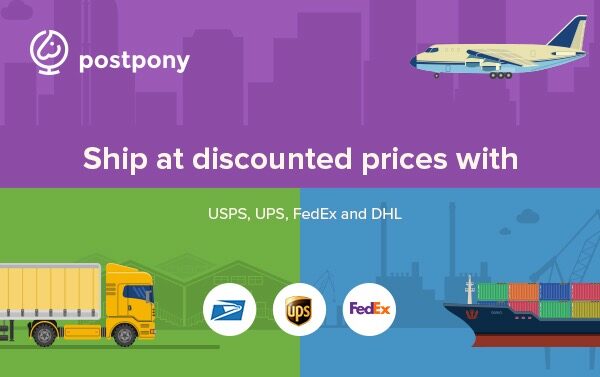
Exporter, consignee, importer, date and time of order, waybill, product list, uniform system tariff, origin, declared value of the package, box size and weight, and sender’s declaration.


